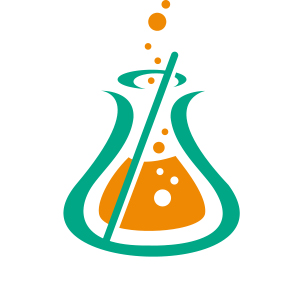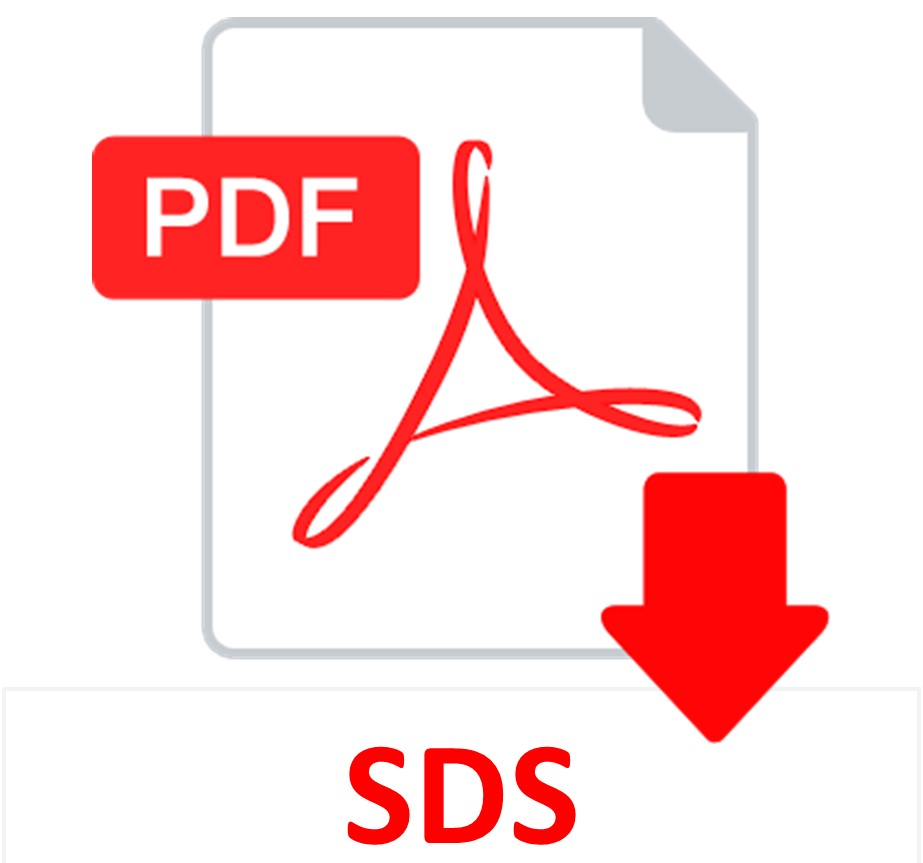Citrate Buffer 0.01M, pH 6.0
(use: Epitope retrieval)
Store at 2-8°C.
SOLUTIONS:
| 500 ml | 1 Liter | 1 Gallon | |
| EDTA Buffer 0.001M, pH 8.0 | Part 1056A | Part 1056B | Part 1056C |
| Citrate Buffer 0.01M, pH 6.0 | Part 10355A | Part 10355B | Part 10355C |
For storage requirements and expiration date refer to individual bottle labels.
APPLICATION:
Newcomer Supply Buffer Solutions for Epitope Retrieval procedure provides a choice of two ready-to-use buffers for antigen retrieval. The majority of epitopes/antigens are masked in formalin fixed paraffin embedded (FFPE) tissues. Antigen retrieval methods improve antibody binding by de-masking the FFPE chemical modification of epitopes through heat induced epitope retrieval (HIER) procedures when performed prior to immunohistochemical (IHC) staining.
No retrieval buffer is optimal for all tissue antigens. The choice of buffer will depend upon the suggested retrieval buffer specific to an individual antibody. Refer to each antibody datasheet for recommended chemical composition and pH value of retrieval buffer.
-
- Part 1056: EDTA Buffer 0.001M, pH 8.0 is an alkaline buffer optimal for use with primary antibodies that require an EDTA buffer at a higher pH for
- Part 10355: Citrate Buffer 0.01M, pH 6.0 is an acidic buffer optimal for use with primary antibodies that require a citrate buffer at a lower pH for HIER.
METHOD:
Fixation: Formalin 10%, Phosphate Buffered (Part 1090)
Technique: Paraffin sections on adhesive slides
Solutions: All solutions are manufactured by Newcomer Supply, Inc.
EPITOPE RETRIEVAL PROCEDURE:
-
- Choose a HIER procedure that suits the laboratory and anticipated workload.
-
- Instrumentation and methods for HIER include but not limited to: microwave, pressure cooker and steamer methods.
-
- Validate instrumentation according to manufacturer’s suggested instructions for antigen retrieval methods.
- After validation of instrumentation and methodology; deparaffinize sections thoroughly in three changes of xylene, 3 minutes each. Hydrate through two changes each of 100% and 95% ethyl alcohols, 10 dips each. Wash well with distilled water.
-
- See Procedure Notes #2 and #3.
-
- Proceed with a validated method of HIER per established protocol implementing either EDTA Buffer 0.001M, pH 8.0 or Citrate Buffer 0.01M, pH 6.0.
- After completion of HIER, allow sufficient time for slides to cool before proceeding with IHC protocol.
- Choose a HIER procedure that suits the laboratory and anticipated workload.
PROCEDURE NOTES:
-
- Drain slides after each step to prevent solution carry over.
- Do not allow sections to dry out during
- If using a xylene substitute, closely follow the manufacturer’s recommendations for deparaffinization and clearing steps.
REFERENCES:
-
- Bancroft, John D., and Marilyn Gamble. Theory and Practice of Histological Techniques. 6th ed. Oxford: Churchill Livingstone Elsevier, 2008. 442-445, 458-459.
- Shi, Shan-Rong, Richard J. Cote, Lillian L. Young, and Clive R. Taylor. “Antigen Retrieval Immunohistochemistry: Practice and Development.” The Journal of Histotechnology2 (1997): 145-154.
- Tacha, David, and Maria Teixeira. “History and Overview of Antigen Retrieval: Methodologies and Critical Aspects.” The Journal of Histotechnology4 (2002): 237-242.
- Modifications developed by Newcomer Supply Laboratory.



